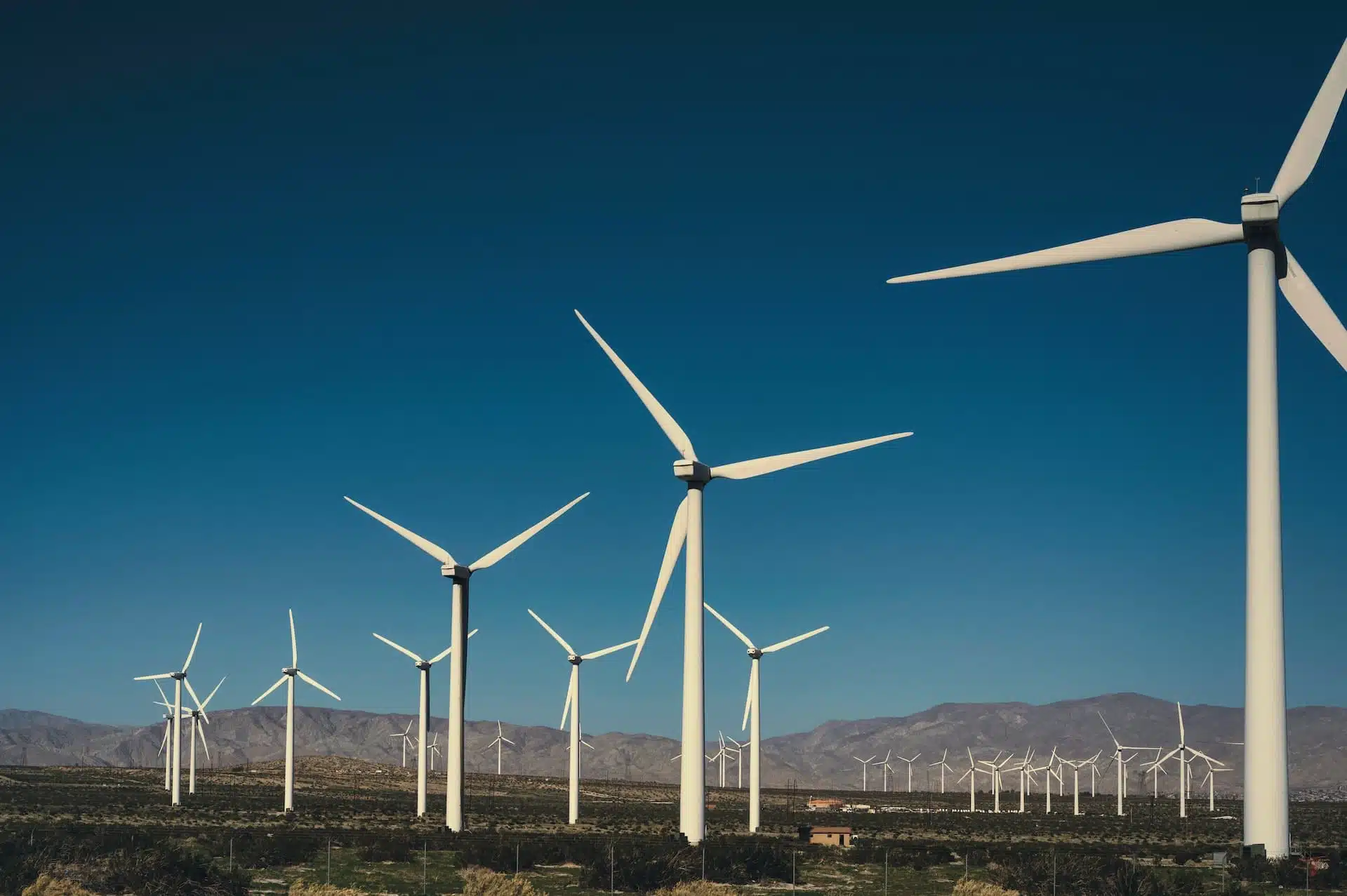Europe’s electricity markets have recently experienced a significant surge in short-term power prices, driven largely by an abrupt downturn in wind generation. This episode, while notable, is not unprecedented. Instead, it reflects a broader and increasingly familiar challenge facing the continent as it deepens its reliance on renewable energy: the inherent volatility of weather-dependent power sources. The latest spike in electricity prices highlights both Europe’s impressive progress in expanding clean energy and the systemic vulnerabilities that accompany a grid increasingly shaped by natural variability.
Wind energy has become one of the central pillars of Europe’s renewable-energy portfolio. Countries such as Germany, Denmark, the Netherlands, and the United Kingdom generate a meaningful share of their electricity from wind, with offshore and onshore installations expanding rapidly in recent years. Yet this rapid growth has also made Europe uniquely sensitive to fluctuations in wind conditions. When wind speeds decline unexpectedly, the impact on short-term power markets is immediate and substantial.
The most recent price surge occurred as wind production sharply declined across northern and western Europe, regions typically responsible for some of the continent’s strongest renewable output. As generation dropped by several gigawatts within hours, electricity prices in day-ahead and intraday markets rose swiftly. Countries heavily reliant on wind, such as Germany and Denmark, were among the first to experience price pressure, but the effects spread quickly across interconnected European markets. Even nations with more balanced energy systems, such as France, felt the ripple effect as they adjusted their imports and ramped up alternative generation.
The core of the issue lies in Europe’s dependence on weather-linked power sources without equally robust storage and backup systems. Wind energy is inherently intermittent; it cannot be dispatched at will. Unlike traditional fossil-fuel generators, which can be activated on demand, wind turbines are constrained by environmental conditions. When the wind weakens, grid operators must turn to other forms of energy—most commonly natural gas—to compensate. This shift toward gas-fired generation during low-wind periods is a key driver of price volatility, especially given the elevated cost of natural gas in recent years.
Europe’s reliance on gas during these periods is further complicated by geopolitical tensions and supply constraints. The decline in Russian pipeline deliveries, competition for liquefied natural gas (LNG) with Asian markets, and the continent’s heightened energy-security concerns all contribute to upward pressure on gas prices. As a result, when wind power falls and gas must fill the gap, the entire power market becomes vulnerable to rapid and expensive adjustments. This dynamic was clearly visible during the latest episode, where gas demand spiked and wholesale electricity prices followed suit.
Another layer to the problem involves the limitations of Europe’s current energy-storage capabilities. While significant progress has been made in deploying grid-scale battery systems, storage levels remain far below what is required to balance multi-gigawatt fluctuations in wind output. Similarly, while hydropower serves as an important stabilizer in Nordic countries, its capacity is influenced by longer-term factors such as rainfall and reservoir levels, limiting its responsiveness during sudden wind declines. Cross-border grids, although improving, still face bottlenecks that restrict the seamless flow of electricity between countries during periods of stress.
These price spikes have tangible consequences for consumers, industry, and national economies. Energy-intensive sectors such as metallurgy, chemicals, and large-scale manufacturing face abrupt increases in operating costs when electricity prices surge. Some facilities may choose to reduce output or temporarily pause operations during periods of extreme price volatility. Households, though often shielded by regulated tariffs, ultimately feel the effects of these fluctuations through higher long-term energy bills. Grid operators also face increased operational challenges, navigating tighter supply conditions and relying on rapid, often costly procurement of alternative power sources.
The recent episode serves as a crucial reminder that Europe’s energy transition, while essential for environmental and economic reasons, requires a more comprehensive infrastructure foundation. To reduce volatility, the continent must continue investing in large-scale battery storage, long-duration energy-storage technologies such as hydrogen and thermal storage, and smarter grid systems that enable more flexible and responsive electricity demand. Enhanced cross-border electricity interconnections will also be vital, allowing countries to share surplus power and balance supply more effectively.
Furthermore, diversification within renewable energy portfolios can help mitigate risk. Solar power, for instance, often complements wind generation, particularly in southern regions where sunlight is abundant even during low-wind periods. Greater adoption of flexible demand programs—including AI-driven load management and dynamic pricing—can also help stabilize the grid by incentivizing consumers to shift usage during times of stress.
In conclusion, the recent surge in European short-term electricity prices underscores a fundamental challenge within the continent’s renewable-heavy energy system. While Europe has made remarkable strides in expanding wind power, the system remains vulnerable to weather-driven fluctuations that can trigger sharp market reactions. Addressing this volatility requires a multi-faceted strategy: reinforcing storage capacity, strengthening grid interconnections, diversifying renewable sources, and modernizing demand-response mechanisms. As Europe pushes toward its climate goals, ensuring grid stability will be essential—not only to maintain affordability but also to sustain public confidence in the energy transition.







